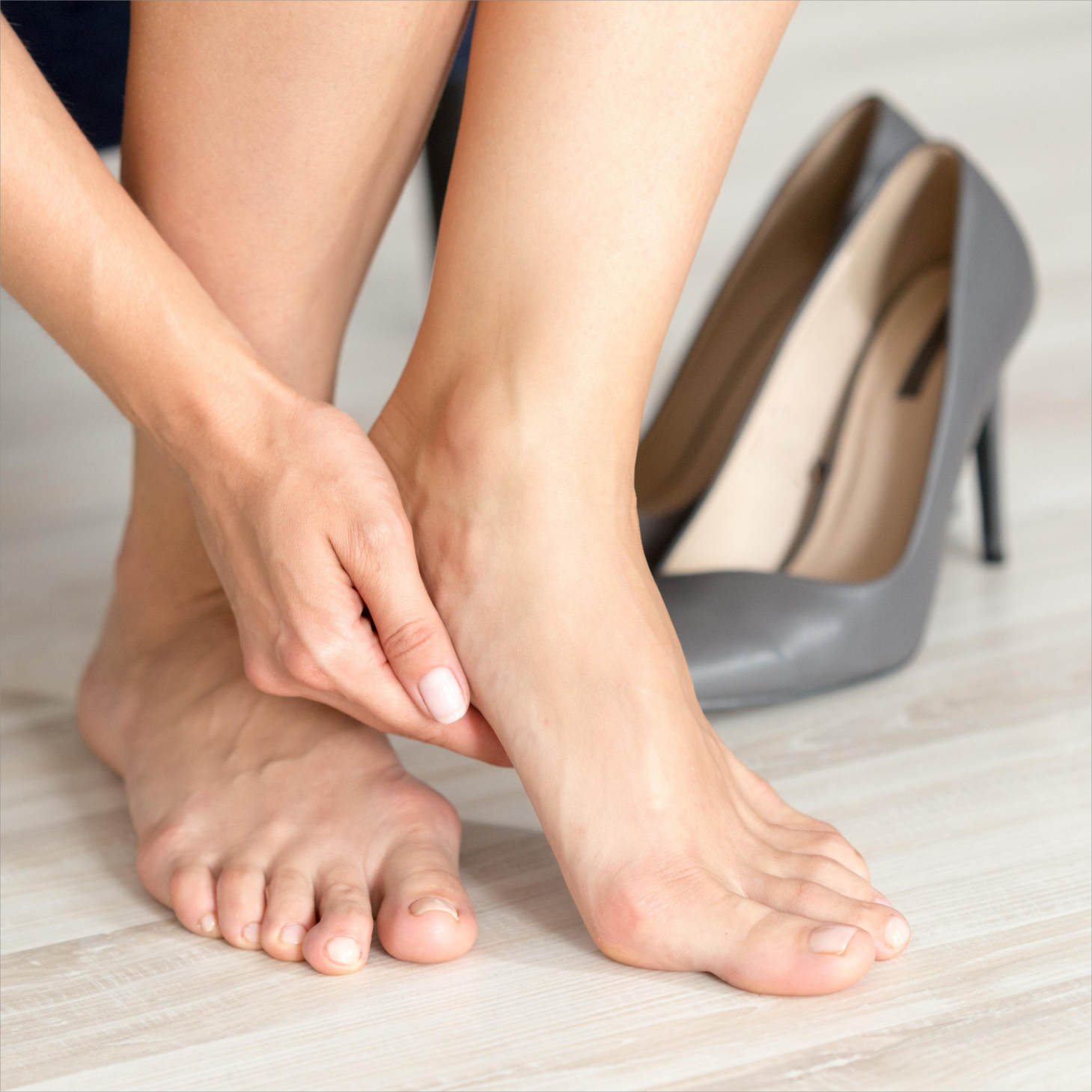The Interplay Between Diabetes and Foot Health
Diabetic foot is a common complication arising from diabetes, affecting a significant portion of diabetic patients. The root cause lies in the body's inability to produce or properly use insulin, a hormone pivotal in controlling blood glucose levels. In diabetes, this malfunction leads to an accumulation of glucose in the bloodstream, reaching unsafe levels. Over time, this excess glucose can cause nerve damage, known as peripheral neuropathy, and peripheral arterial disease (PAD), which impairs blood circulation in the limbs. Approximately 33% to 50% of individuals with diabetes will develop peripheral neuropathy, leading to numbness, tingling, and loss of sensation in the feet. This can result in unnoticed injuries like ulcers, cuts, and other wounds that may escalate without proper treatment.
Who is at Risk for Diabetic Foot Complications?
Content: Diabetic foot issues are prevalent among patients with uncontrolled blood sugar levels, nerve damage, poor blood flow to the feet, obesity (BMI over 25), long-standing diabetes, hypertension, or high cholesterol. These factors significantly increase the risk of developing foot-related ailments.
How Diabetes Affects Feet?
Diabetes can affect feet in multiple ways, including swelling (edema), nerve damage/loss of feeling (diabetic neuropathy), and poor blood flow (peripheral vascular disease). With the lack of feeling in your feet and poor blood circulation, a cut or sore can be present that won't heal quickly due to blood flow. These cuts that don't heal can result in ulcers or gangrene. Also, nerve damage can make muscles in your foot not function properly resulting in too much pressure on the foot in one area.
Prevalence of Diabetic Foot Conditions
Content: The lifetime risk for a person with diabetes to develop foot problems is estimated at around 15%. Symptoms of diabetic neuropathy include skin discoloration, reduced ability to feel temperature changes, hair loss in the affected area, numbness, pain, and tingling. Notably, if neuropathy leads to foot ulcers, it is crucial to watch for changes in skin or toenails, discharge of fluid or pus, foul odor, pain, redness, discoloration, and swelling.
Footwear and Accessories for Diabetic Foot Support
Content: Proper footwear and accessories can significantly mitigate the risk of diabetic foot complications. It's advisable to wear seamless cotton socks that fit well and change them daily to reduce friction. Shoes should have a wide toe box and should be measured each time they're purchased—preferably later in the day when feet are larger. Avoid pointed shoes and high heels that exert extra pressure on the toes. Rotating between several pairs of comfortable shoes can prevent pressure on any one area of the foot. Consult healthcare providers for custom shoes and discuss orthotic inserts or braces to redistribute body weight across the bones and joints of the foot, improving gait.
How Can Shoes Help With Feet Affected by Diabetes?
Shoes designed for diabetic feet offer more volume and depth inside the shoe to accommodate swelling. Some styles have stretch material or soft interior lining to help reduce rubbing or friction on the feet. Also, the insoles in diabetic shoes are supportive to help naturally align your feet to reduce pressure points. Look for shoes with a soft interior lining that is gentle on your feet and shoes with extra or double depth to allow more volume in the shoe for high insteps or swelling.
A good shoe for diabetics will include extra depth, a supportive insoles, breathable and moisture wicking features, a wide toe box and soft interior lining.
Effective Foot Care Practices
Content: Monitoring and foot care at home are vital for early detection of diabetic foot symptoms. Controlling blood sugar levels within the target range is paramount to protect feet from nerve and vascular damage. Regularly inspecting feet for cuts, redness, pain, blisters, or other changes is essential. Feet should be washed daily with warm water and soap without soaking them to prevent dryness. Moisturizing after washing—avoiding the areas between toes—is also crucial. Never walk barefoot to avoid injury and ensure no small objects are inside shoes that could irritate the skin.
Professional care should be sought for calluses or corns instead of attempting at-home removal. Toenails should be cut straight across, and if this isn't possible, a podiatrist should be consulted. Protect feet from extreme temperatures with sunscreen or socks rather than direct heating sources. Keep feet elevated while sitting to maintain blood flow, wiggle toes and move feet throughout the day, stay active with low-impact exercises like walking or swimming, and ensure regular foot check-ups even when no issues are detected.
In conclusion, diabetic foot complications are among the most common sequelae of diabetes. Open sores or ulcers often result from minor cuts or abrasions that go untreated or when excessive pressure causes blisters. By understanding the risks and taking proactive measures in foot care and lifestyle choices, diabetic patients can significantly reduce the likelihood of these serious complications.







Leave a comment
This site is protected by hCaptcha and the hCaptcha Privacy Policy and Terms of Service apply.